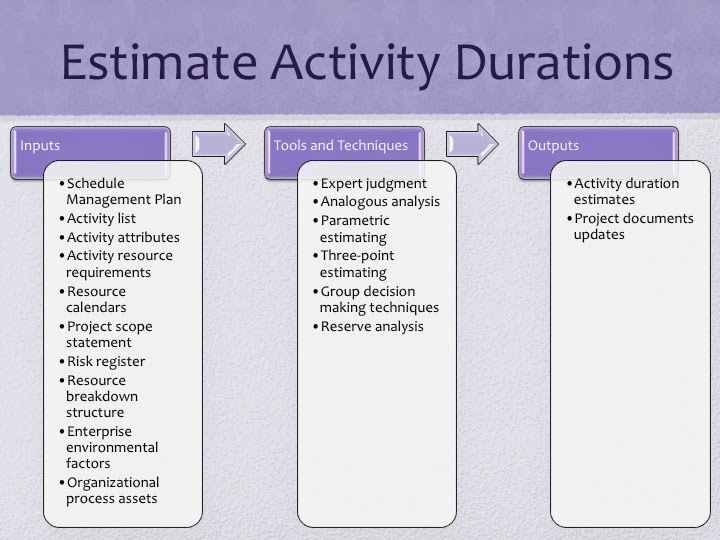
► PMF source profile to obtain average real world emission ratios. The results gave a preliminary estimate of the wood smoke contribution to PM10 and OC in different sites in Lombardy (Northern Italy).Highlights► Emission data tailored to wood consumption data available for the region.
#ESTIMATE TASK DURATIONS TRIAL#
The results suggest that PMF-derived emission ratios can be a feasible alternative to the widely used wood smoke emission factors, which show a high variability.The proposed methodology was applied to a trial dataset of wintertime PM10 samples - characterised for anhydrosugars, organic, and elemental carbon – collected in the frame of a regional project. As far as we know, this is the first time that PMF-derived emission ratios instead of source emission factors are used in the macro-tracer method.A critical comparison of the results obtained by the two approaches was carried out. profile of the wood burning source obtained by the Positive Matrix Factorization was introduced. Moreover, an alternative approach using the chemical. In this work, a methodology based on the macro-tracer approach was improved to obtain a more reliable estimate of the wood burning impact on PM10 and OC concentrations.Indeed, literature emission factors were weighed by the wood consumption data available for the investigated region and these tailored factors were used in the calculation.

In order to achieve this, the following tasks are tackled: identify risk factors that cause activity variations using literature reviews and conducting interviews with contractors model risk factors and their influence on activity variations through conducting case studies and identifying any dependence between them develop a computer based simulation model that uses a modified Monte Carlo technique to model activity duration and dependence of risk factors and run experimental work to validate and verify the model. A simulation model has been developed to encapsulate the methodology and run experimental work.

In this context, the objective of the present research is to develop a methodology that can accurately model activity dependence and realistically predict project duration using a risk management approach. This can have a severe impact on realistically modelling projects. Although these techniques have proved to be useful in modelling variations in activities, dependence of activity duration is not considered. A number of techniques have been developed in previous literature to solve the uncertain nature of networks, these are: PERT (program evaluation and review techniques), PNET (probabilistic network evaluation technique), NRB, (narrow reliability bounds methods) and MCS (Monte Carlo simulation). Stochastic network analysis has been used by previous researchers to model variations in activities and produce more effective and reliable project duration estimates. This is due to the fact that the construction industry is influenced greatly by variations in weather, productivity of labour and plant, and quality of materials.

Variations in the durations of activities are commonplace in the construction industry.


 0 kommentar(er)
0 kommentar(er)
